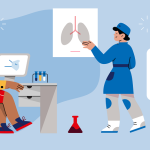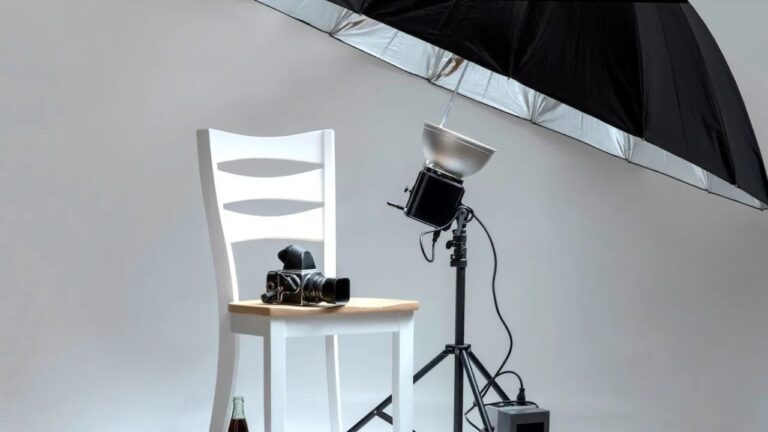
Ethics in Photojournalism: When to Shoot and When to Stop
Photojournalism has long held a mirror to society—revealing truths, documenting history, and giving voice to those who might otherwise go unheard. But with that power comes responsibility. The camera may be a tool for storytelling, but it’s also a lens through which complex ethical decisions are constantly made. In a world increasingly driven by clicks, speed, and sensationalism, the question of when to shoot and when to stop has never been more relevant.
Ethics in photojournalism isn’t about following a rigid rulebook. Instead, it’s about navigating gray areas with integrity, empathy, and critical thinking. Every situation is different, and what’s acceptable in one context might be exploitative in another. Ultimately, ethical photojournalism balances the public’s right to know with respect for human dignity.
The Role of Consent and Context
One of the most significant ethical dilemmas in photojournalism revolves around consent—especially when photographing people in distress, trauma, or vulnerable moments. While laws may permit shooting in public spaces, ethical photojournalists often ask themselves: Just because I can take this photo, should I?
Photographing victims of accidents, grieving families, or people in crisis can cross the line from documentation into intrusion. In these situations, context is everything. Is the subject identifiable? Is the image necessary to tell the story, or does it simply provoke emotion for the sake of virality? Could it cause further harm?
Ethical practice often means putting humanity first. A photographer who takes the time to introduce themselves, explain the intent, or ask for permission—even retroactively—demonstrates respect for their subjects beyond the frame.
Bearing Witness vs. Exploitation
The idea of “bearing witness” is at the heart of many powerful photojournalistic images. Some of history’s most iconic photographs—like Nick Ut’s image of the napalm girl in Vietnam or Kevin Carter’s haunting photo of a starving child in Sudan—have sparked global outcry and led to real-world change. But they’ve also ignited fierce debates around exploitation, voyeurism, and the emotional toll on both subject and shooter.
Sometimes, the very act of not intervening in order to capture a photo can be viewed as complicity. Other times, the photograph itself is the intervention—it becomes evidence, accountability, or a call to action. The ethical challenge lies in understanding the fine line between these roles.
Photojournalists often work in fast-paced, chaotic, or even dangerous environments. The decisions they make in those moments can carry lasting consequences—for their subjects, their audiences, and their own conscience.
Cultural Sensitivity and Representation
Another ethical consideration is how different cultures, communities, and identities are represented through images. It’s easy to fall into the trap of visual clichés—especially when photographing poverty, disaster, or conflict in parts of the world unfamiliar to a Western audience.
Ethical photojournalism demands sensitivity and nuance. It means resisting stereotypes and striving to portray people with complexity, dignity, and agency. An image should inform, not dehumanize. It should empower viewers to understand, not just react.
That’s why many photojournalists today are advocating for more local, community-based coverage—ensuring stories are told by those closest to them, and not just through an outsider’s lens.
The Digital Age: Speed, Sharing, and Responsibility
With the rise of digital media and social platforms, the life cycle of a photo has changed drastically. Images can be published instantly and reach millions in seconds. But speed often comes at the cost of careful consideration. Ethical lapses, such as miscaptioned images or those taken out of context, can lead to misinformation and public backlash.
It’s the responsibility of both the photographer and the publisher to ensure images are not only accurate but also accompanied by truthful, contextual reporting. And once shared, those images can be reused, misused, or repurposed without consent—raising further questions about control and accountability.
Watermarking, proper attribution, and contextual metadata are ways to maintain integrity in the digital space, but the ultimate burden still lies with the storyteller’s ethical compass.
Knowing When to Stop
Sometimes, the most ethical decision a photographer can make is to not take the photo. This doesn’t mean the story isn’t important, but rather that the act of photographing may cause more harm than good.
Knowing when to lower the camera takes emotional intelligence. It means being attuned to the discomfort or distress of your subject. It means recognizing that some moments are sacred, private, or simply not yours to capture.
Ironically, restraint can sometimes elevate your credibility as a journalist. People are more willing to open up, to share, and to trust, when they feel respected rather than observed.
Even in lighter or controlled settings—like corporate events or parties—ethical considerations still apply. For instance, a photo booth rental Austin might seem like a harmless fixture, but clear consent, signage, and an opt-out option are still good practices. People should always know when they’re being photographed, and for what purpose.
Conclusion
Ethics in photojournalism isn’t a checklist—it’s an ongoing conversation, shaped by experience, empathy, and evolving societal values. It requires photographers to constantly reflect on their role, their responsibility, and the potential impact of their work. In knowing when to shoot and when to stop, photojournalists affirm their commitment not just to truth, but to humanity. Because in the end, the most powerful images are not only those that inform—they’re the ones that do so with respect, compassion, and conscience.












